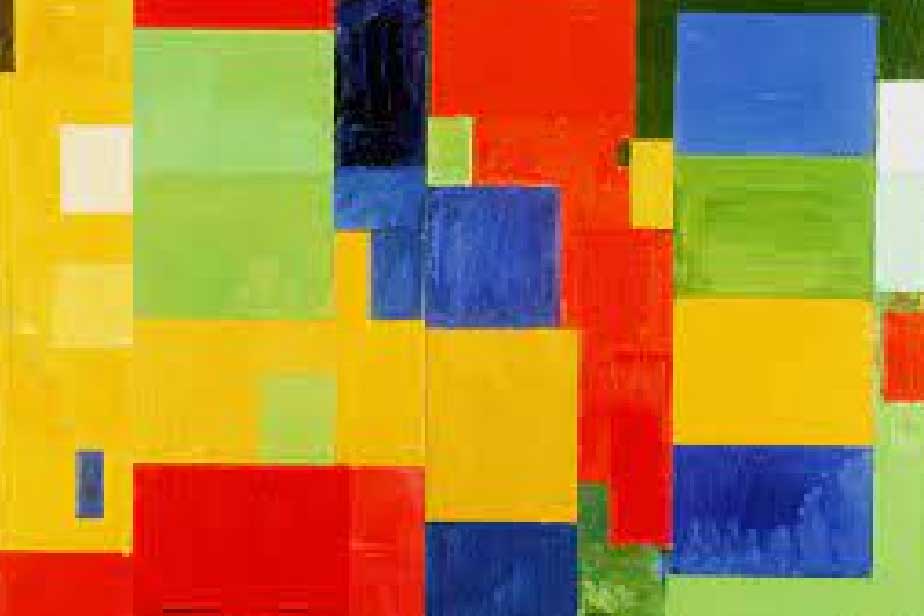Hans Hofmann, born in 1880, was a German painter. Hofmann was drawn to science and mathematics from a young age. This interest led to him developing a number of patents at the Department of Public Works for the Bavarian government. In his late teens, Hofmann developed an interest in creative pursuits.
Hofmann started studying art in 1898 in Munich. By 1904 the artist had moved to Paris where he was affected by the works of Henrie Matisse and Robert Delaunay. Hofmann exhibited his works in Paris until the outbreak of World War I, at which time he was forced to move back to Munich. It was here that he opened his first school of painting in 1915.
Hofmann developed a reputation as a progressive teacher, which ultimately led to him being invited to teach on the west coast of the USA in 1930 where he eventually settled and lived out his life.
He opened the Hans Hofmann School of Fine Art in New York City which became a highly prestigious establishment. He continued to teach at this establishment until 1958 when he disbanded his academy to focus on his own art for the remainder of his life. The result was an impressive last exhibition in Berkeley, California, just before his death in 1966.
Hofmann’s early work was characterized by landscapes and still lifes in the Expressionist style. It was after his move to the USA that Hofmann’s work began to gravitate towards the Abstract Expressionist style he is known for today. This work is characterized by both geometric and irregular forms, bright colors, and extensive creativity.
Besides being a pioneer in experimenting with improvisatory techniques, he was a very influential art teacher of the 20th century. He helped a generation of American painters develop a style of Abstract Expressionism after World War II.
1. Self-Portrait
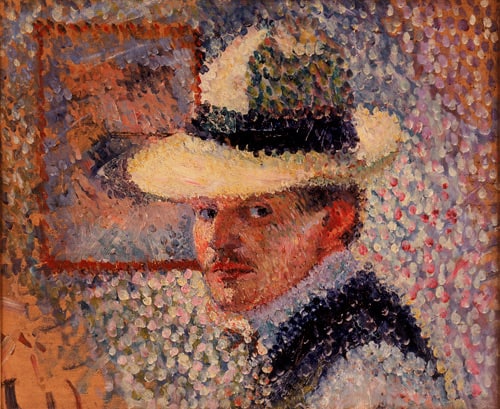
‘Self Portrait‘ was created in 1902 by Hans Hofmann in Pointillism style.
2. St. Tropez
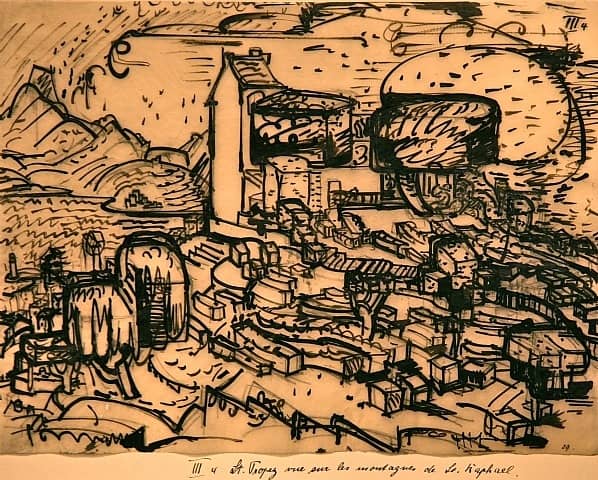
‘St Tropez‘ was created in 1928 by Hans Hofmann in Expressionism style.
3. Japanese Girl
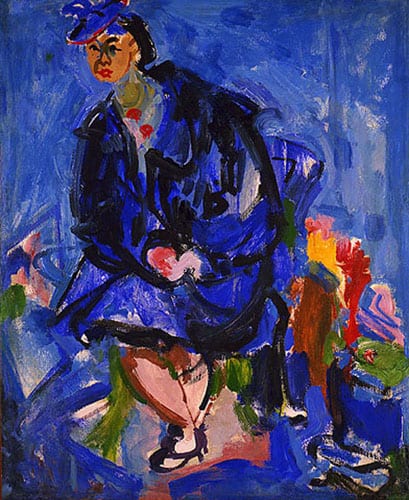
‘Japanese Girl‘ was created in 1935 by Hans Hofmann in Fauvism style.
4. Landscape
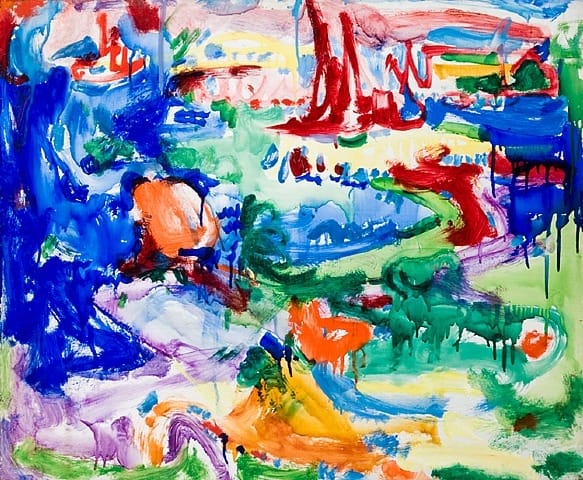
The landscape is one of Hans Hofmann’s vivid paintings of geometric and irregular forms made in the year 1935 and bridging the concerns of early modernist movements with the tenets of Abstract Expressionism
5. Interior Composition
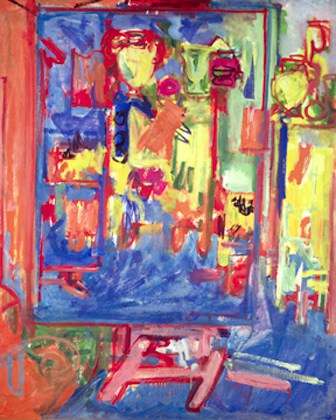
Interior Composition was made by Hans Hofmann in the year 1935 in fauvism style.
6. Yellow Table On Green
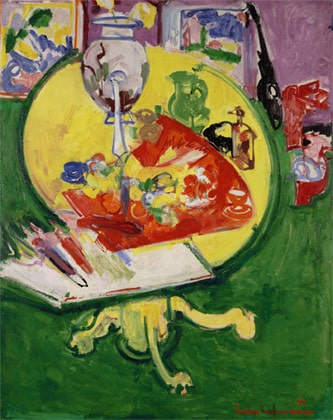
This painting ‘Yellow Table On Green’ was made in the year 1936 in Fauvism style after Hans Hofmann moved from Germany to New York.
7. Still Life Interior
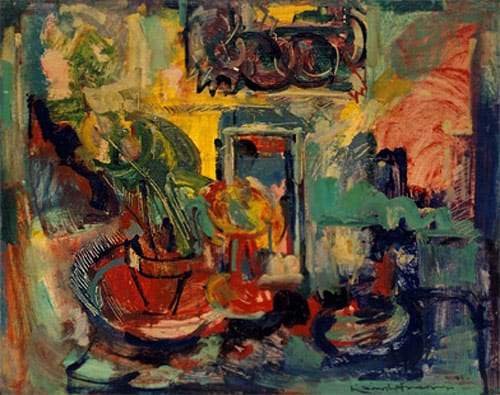
‘Still Life Interior‘ was created in 1941 by Hans Hofmann in Fauvism style.
8. Provincetown
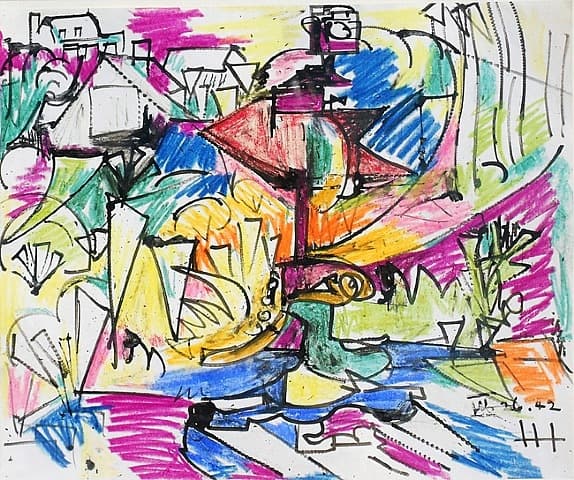
Provincetown was made in the year 1942, Hans Hofmann was considered by many to be the Father of Abstract Expressionism.
9. Shapes in Black
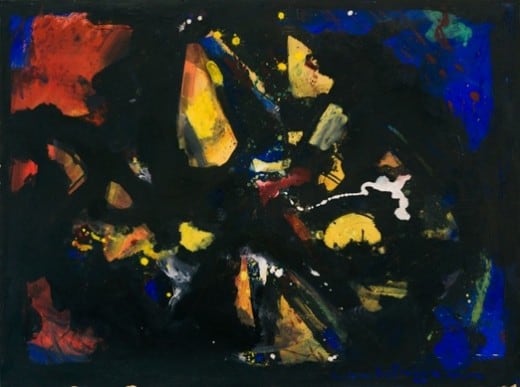
‘Shapes in Black‘ was created in 1944 by Hans Hofmann in Abstract Expressionism style.
10. Cataclysm
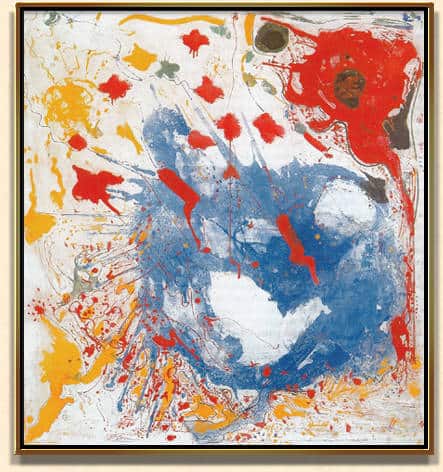
Cataclysm was made in the year 1945 by Hans Hofmann in Abstract Expressionism style.


